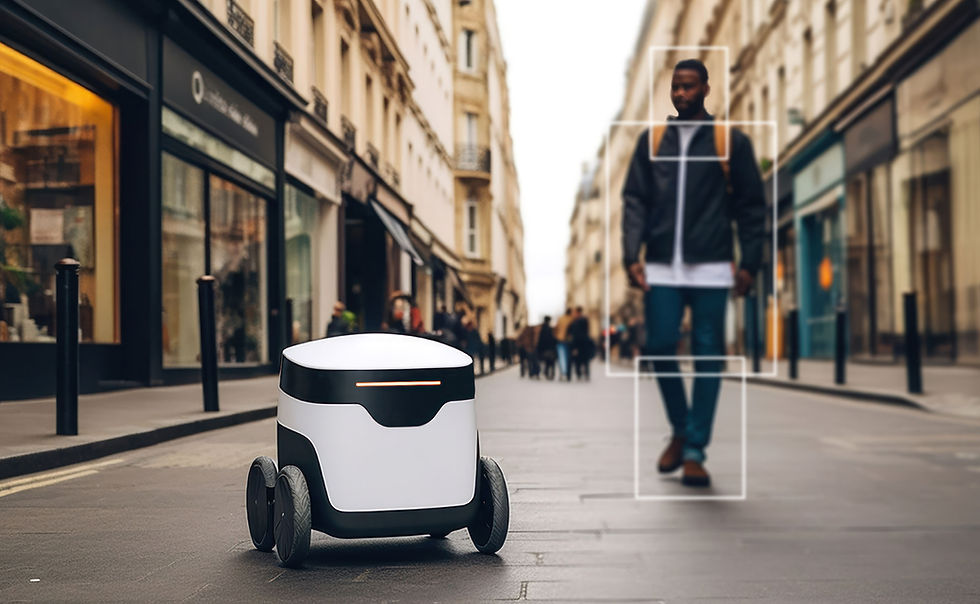Autonomous Vehicles: Saving The Day or Getting In The Way?
- Joe Conte

- Aug 27
- 2 min read
Updated: Aug 31
Joe Conte

Proponents have hailed self-driving cars as a convenient cure for automotive addiction and its flaws, but they can only go so far in solving our transportation sector's issues. How much of an impact will they really end up having in advancing the agenda of making America more sustainable and livable?
Without proper care given to their implementation, autonomous vehicles could do nearly as much damage to the pedestrian environment of our cities as automobiles did in the first place. From the European perspective, automotive expert Tschiesner has stated that "Should every single commuter switch from travelling by bus or train to calling an automated vehicle, then there’ll be gridlock" [1]. In contrast, Elon Musk has spent the last decade trying to convince America that autonomous vehicles will allow us to do away with transit once and for all, saying "Why do you want to get on something with a lot of other people?" [2].
This is a key flaw in his and many others' visions for the future of America's transportation sector.
The problem with cars in urban environments is less about how they are driven and more about how their presence impacts development patterns. A truly "smart city" would be shooting itself in the foot by continuing to cater to the automobile as nearly all American cities currently do. Putting cars that drive themselves in a city has the potential to reduce traffic fatalities, yes, but it does not improve the existing built environment for pedestrians and cyclists, nor does it directly benefit many transit users or increase ridership to the level where making these infrastructural changes would be politically possible.

To make urban spaces more livable and sustainable, cities need to improve modal choice by investing in infrastructure for transit and biking. Doing so can dramatically improve the experience of living in the city by providing options for residents about how they want to get around, allowing them to make the choice which suits them best.
Without these improvements, the same paradigm of high vehicle ownership costs disproportionately burdening the disadvantaged will remain, whether cars drive themselves or not. Driving because you have to is not freedom; it's the opposite.
Autonomous vehicles have great opportunity to improve safety and traffic. However, the American perspective especially should temper these expectations. Our transportation sector will benefit much more from investing in rail and cycling infrastructure than it ever will from investing in autonomous vehicles. Our cities are plagued by urban highways which create artificial barriers, lack of walkability or cyclability which incentivizes driving for very short trips, and lack of transit infrastructure in general which necessitates driving, exacerbating existing issues in our cities.
In short, self-driving cars just aren't all that.
Joe Conte is a graduate student of Urban and Regional Planning, Rowan University.
References:
[1] Tschiesner, A. (n.d.). Economic impact of self-driving cars. Bosch Global.
[2] Higashide, S. (2025, March 24). Transportation professionals saw Elon Musk’s lies and





Comments